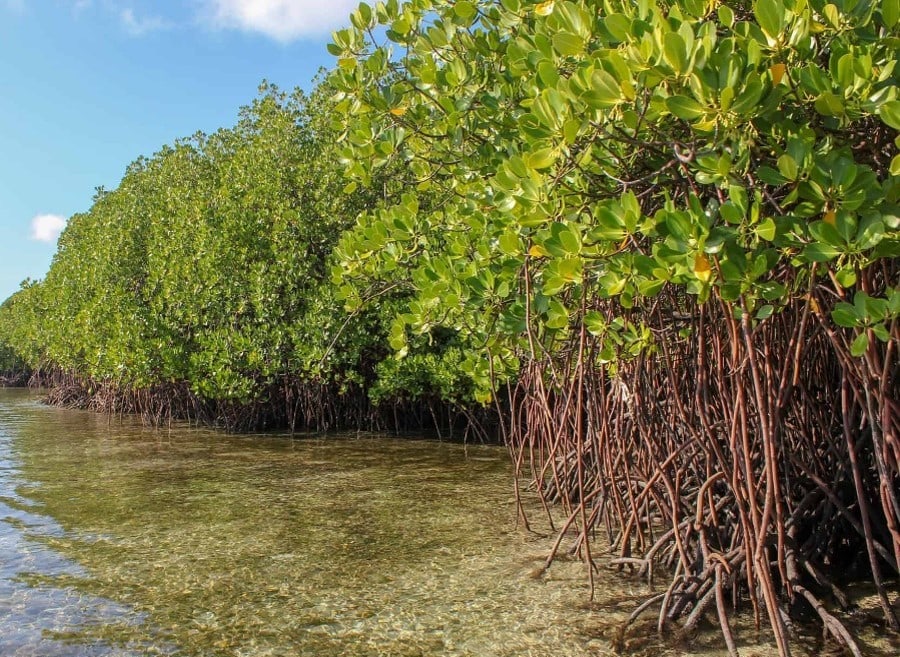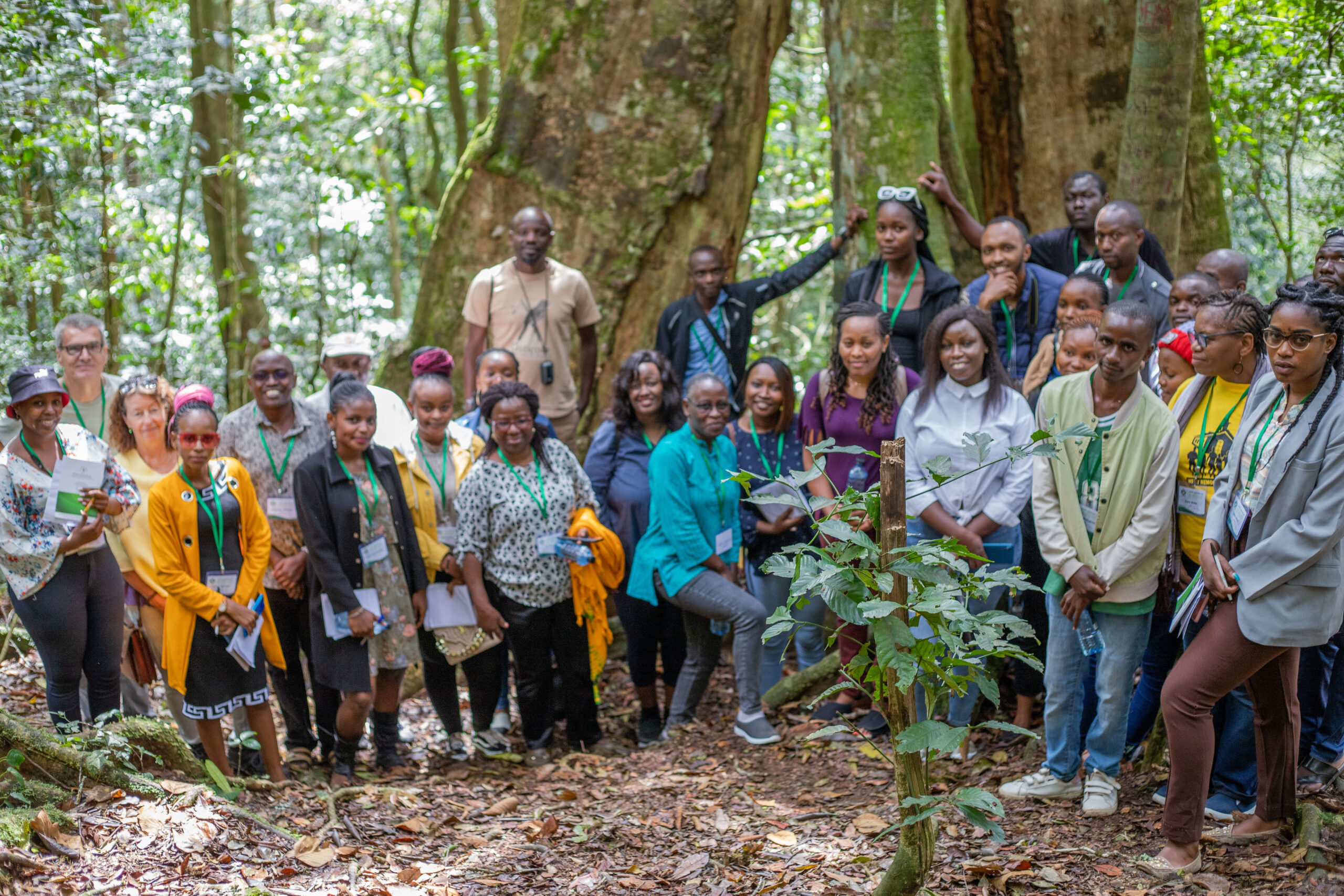- Mangroves, with their sprawling roots and rich biodiversity, are a natural wonder with benefits that stretch far beyond the shoreline.
- Safeguarding mangroves goes beyond planting trees. It demands education, long-term protection plans, and a shift in mindset.
As the world prepares to observe the International Day for the Conservation of the Mangrove Ecosystem on July 26,2025 attention is once again turning to the state of mangrove forests which are a critical but threatened ecosystem that plays a vital role in protecting coastlines, preserving biodiversity, and combating climate change.
These coastal forests, with their sprawling roots and rich biodiversity, are a natural wonder with benefits that stretch far beyond the shoreline.
Established in 2015 by United Nations Educational, Scientific and Cultural Organization (UNESCO), the day aims to raise awareness of the importance of mangrove ecosystems as "a unique, special and vulnerable ecosystem" and to promote solutions for their sustainable management, conservation and uses.
Mangroves are unique coastal forests found in tropical and subtropical regions found in tropical and subtropical regions. Their dense, interlocking roots absorb the impact of waves and storm surges, reduce erosion, stabilize shorelines, and prevent saltwater intrusion into freshwater systems.
These ecosystems also serve as nurseries for fish and other marine life, supporting both biodiversity and the livelihoods of coastal communities.
Read More
More impressively, they are carbon sequestration powerhouses — storing up to over four times more carbon than tropical rainforests, making them key allies in the fight against climate change.
However, mangroves continue to be lost at an alarming rate globally due to human activities such as Coastal development, pollution, unsustainable aquaculture, land reclamation, and overexploitation which have contributed significantly to the shrinking of Kenya’s mangrove cover.
In response, various restoration and conservation efforts have been initiated, many of them community-based. These include mangrove reforestation programs, awareness campaigns, and integration of mangrove conservation into local and national environmental policies.
Encouragingly, several grassroots efforts and policy initiatives are already taking root like the Gazi Women collaborating with a dedicated youth group to plant trees in community farms, strategically alleviating the pressure on precious mangrove resources which highlights how Kenyans are increasingly taking ownership of their coastal resources.
This year’s observance calls for renewed commitment from governments, researchers, conservationists, and local communities to protect and restore mangroves.
The day not only presents an opportunity to reflect on the progress made and the challenges that remain but it is also a reminder that mangroves are more than just trees — they are protective barriers against climate impacts, providers of resources, and guardians of marine ecosystems.
Safeguarding mangroves goes beyond planting trees. It demands education, long-term protection plans, and a shift in mindset. These forests are not just useless swamps to be cleared for development. They are nurseries for marine life, carbon sinks for the climate, and shields for vulnerable coastal towns.
As July 26 approaches, let it be more than a date on the calendar. Let it be a turning point. Because to conserve mangroves is to protect not just an ecosystem but also a future. Mangrove conservation stands out as both an urgent necessity and a viable strategy for building climate resilience.






